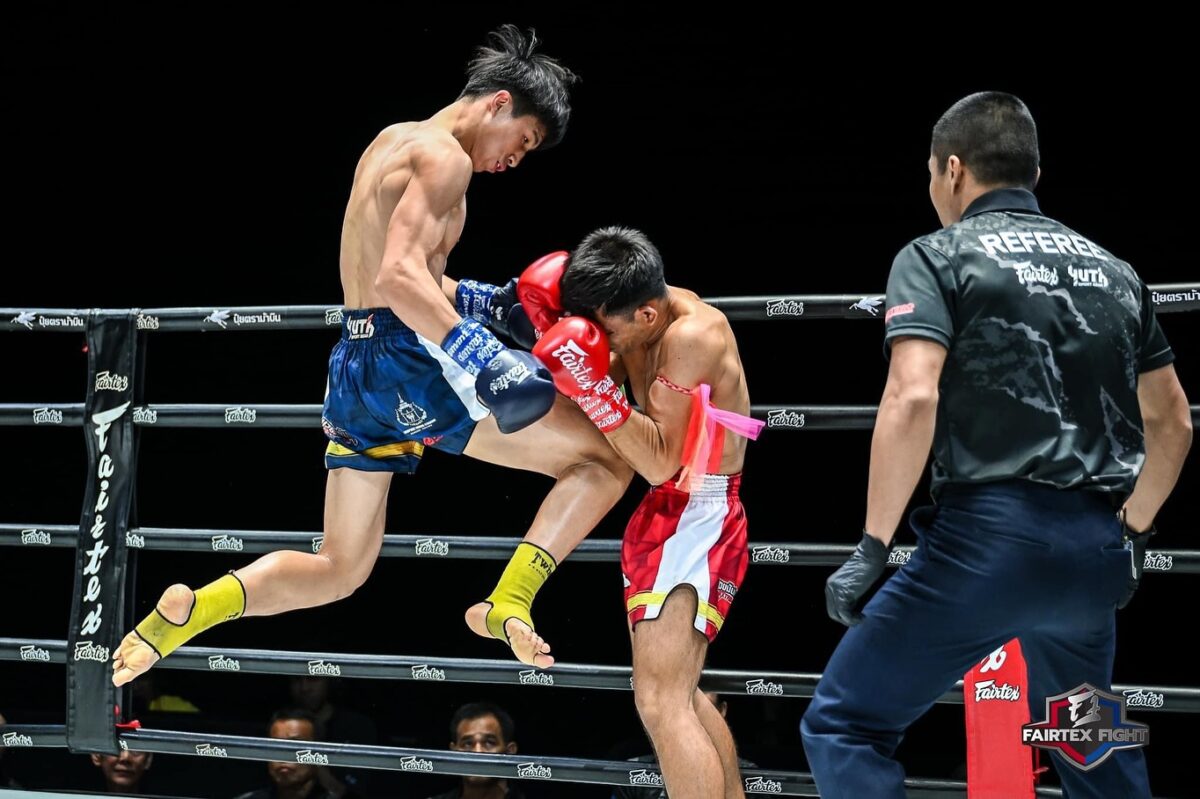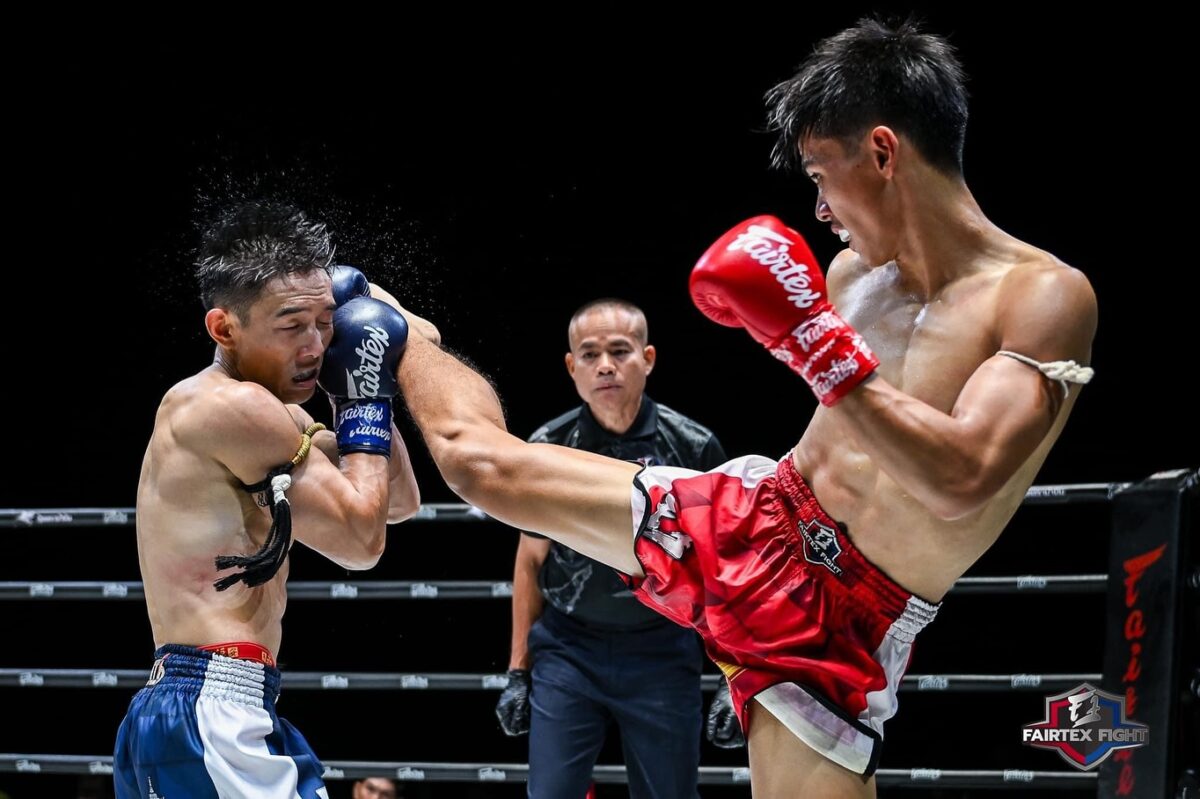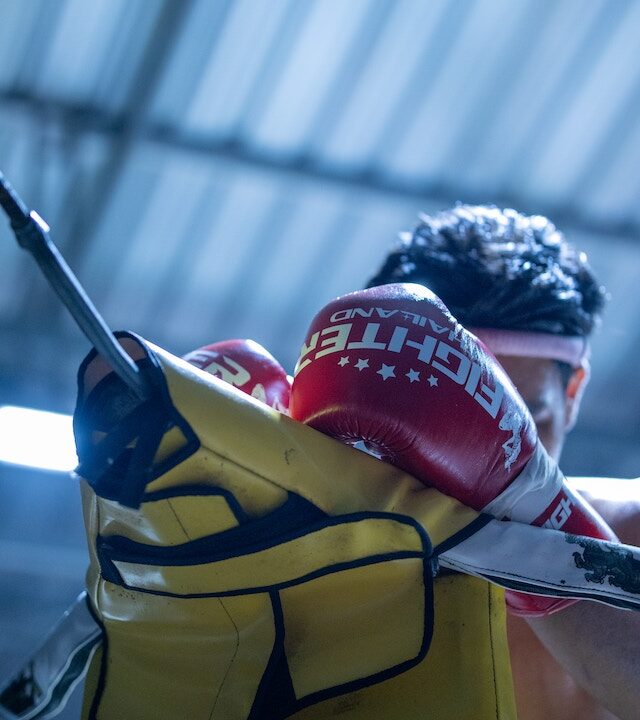
Where to train Muay Thai in Bangkok
January 17, 2024Historical Perspective
Muay Thai, the ancient martial art of Thailand, is not just a sport but a deeply ingrained cultural phenomenon. Among the many arenas where this combat sport is showcased, Lumpinee Stadium stands out as a beacon of tradition and excellence. Established in 1956, Lumpinee Stadium has earned its place as a cornerstone of Muay Thai history, witnessing countless legendary bouts and becoming a symbol of national pride.
The Birth of Lumpinee Stadium
The original Lumpinee Stadium was inaugurated on December 8, 1956, under the direction of Field Marshal Praphas Charusathien. It was located in the heart of Bangkok on Rama IV Road. This establishment was more than just a venue; it was a national institution that promoted and preserved the heritage of Muay Thai.
A Sanctuary for Muay Thai Fighters
Lumpinee Stadium quickly became the dream destination for aspiring Muay Thai fighters. To fight here meant you had reached the pinnacle of the sport. The stadium’s reputation grew as it hosted some of the most memorable fights in Muay Thai history. Fighters who clinched the Lumpinee title were celebrated as elite athletes, not just in Thailand but around the world.
The Role of Lumpinee Stadium in Muay Thai’s Globalization
Lumpinee Stadium has been instrumental in promoting Muay Thai on the global stage. As international interest in the sport grew, Lumpinee became the epicenter for international fighters and enthusiasts seeking authentic Muay Thai experience. The stadium’s strict regulations and high standards ensured that only the best of the best competed within its ropes, thereby maintaining the sport’s integrity and allure.

The New Lumpinee Stadium: A New Chapter
In 2014, the original Lumpinee Stadium closed its doors and moved to a new location on Ram Intra Road, in the northern part of Bangkok. The new stadium, while modern and more accessible, continues to uphold the traditions and prestige associated with the Lumpinee name. It boasts state-of-the-art facilities, yet the essence of Muay Thai remains preserved within its walls.
Preserving Tradition and Embracing the Future
The move to the new location marked a new era for Lumpinee Stadium. While the venue has modernized, it still serves as a guardian of Muay Thai traditions. Events at Lumpinee are steeped in rituals that have been passed down through generations. From the pre-fight Wai Khru ceremony to the distinctive sounds of the Muay Thai music, the stadium remains a living museum of Thai culture.
Notable Fighters and Legendary Fights
Over the decades, Lumpinee Stadium has been the battleground for numerous iconic fighters. Legends such as Samart Payakaroon, Dieselnoi Chor Thanasukarn, and Saenchai have all graced the Lumpinee ring, creating unforgettable moments that have been etched into the annals of Muay Thai history.
Lumpinee Stadium Today
Today, Lumpinee Stadium continues to host regular fights, attracting both local and international audiences. It stands as a testament to the enduring legacy of Muay Thai, offering a glimpse into the rich cultural tapestry of Thailand. For any Muay Thai aficionado, a visit to Lumpinee Stadium is a pilgrimage, an opportunity to witness the sport at its most authentic and profound.

Conclusion
Lumpinee Stadium is more than just a sports arena; it is a cultural landmark that embodies the spirit and tradition of Muay Thai. From its inception in 1956 to its modern incarnation, Lumpinee has been at the heart of Muay Thai, shaping the sport and preserving its heritage. As we look to the future, Lumpinee Stadium will undoubtedly continue to be a vital part of Muay Thai’s journey, inspiring generations of fighters and fans alike.
For those looking to experience the true essence of Muay Thai, a visit to Lumpinee Stadium is indispensable. Whether you’re a seasoned fan or a curious newcomer, the stadium offers an unparalleled window into the world of this ancient martial art.




